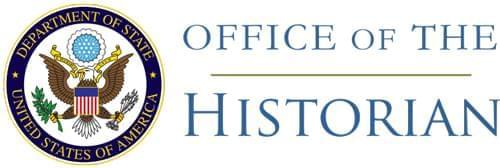202. Memorandum From the Chairman of the Joint Chiefs of Staff (Wheeler) to Secretary of Defense Clifford1
CM-3230–68
Washington, April 22,
1968.
SUBJECT
- VC/NVA Order of Battle
- 1.
- As you know, MACV and CINCPAC representatives are in Washington attempting to reconcile total enemy strength issues growing out of the leak of CIA figures in the New York Times.2 They report that CIA representatives are about to forward a paper to Mr. Helms with total enemy strength including political infrastructure of 480,000 to 615,000, about twice the previously agreed figures. They base these figures on essentially the same evidence and argumentation which were [Page 583] reflected by USIB in the formulation of SNIE 14/3/67.3 The only new element in the CIA case was the correct assertion that MACV OB figures do not always reflect all-source evidence. MACV representatives have agreed to adjust figures on this basis, but this has made no appreciable effect on the wide CIA divergence from the SNIE.
- 2.
- The primary item of MACV’s disagreement is the CIA position that the so-called insurgency base, consisting of self defense forces, secret self defense forces, assault youth, etc., should be quantified at a strength of 210,000 to 230,000. The MACV position is that quantification is not possible, and that it gives the enemy credit for thousands of people who exert no military effect. DIA holds that some quantification of the insurgency base is possible.
- 3.
- MACV’s refusal to quantify the
insurgency base stems from the following factors:
- a.
- A representative cross section of prisoners picked up during the Tet offensive were questioned by MACV. Not one has admitted to being a member of any of the organizations which CIA would quantify as “the insurgency base.”
- b.
- If there were these thousands of people armed and in sympathy with the enemy, that is, in the “insurgency base,” then it is likely that they would have joined the enemy during the recent Tet offensive. On the contrary, the population rejected the Viet Cong; they did not flock to their cause.
- 4.
- There is a much larger issue involved here than intelligence methodology. The acceptance of this inflated strength, which General Westmoreland believes cannot even be estimated with any degree of confidence, is contrary to our national interest. The effect that its inevitable public announcement would have on the American public, which recognizes no qualification in semantics between “military” and “insurgency base,” is obvious. The enemy, for his part, would be given a psychological tool of incalculable value in any subsequent negotiations.
- 5.
- I am substantially in agreement with General Westmoreland.
Earle G.
Wheeler
- Source: Central Intelligence Agency, Executive Registry Subject Files, Job 80–R01580R, 284—Order of Battle. Top Secret. In the attached covering note to Helms, April 22, Wheeler wrote: “Dear Dick: Attached is my memorandum to Clark outlining Westy’s views on the current Order of Battle strength problem. I share Westy’s concern in this matter. I cannot help but feel that airing these greatly increased strength figures at this time would be detrimental to our effort in the long run. Sincerely, Bus.” The CIA’s differences with MACV over Order of Battle estimates had grown since the previous fall. The issue is outlined in a paper Enthoven submitted to Clifford on June 28 entitled “Uncertainties About VC/NVA Force Levels.” (Johnson Library, Alain Enthoven Papers, Statistics on the War) The CINCPAC/MACV dissent to the CIA’s analysis is in a joint MACV/PACOM memorandum to Helms, April 19. (Central Intelligence Agency, Executive Registry Subject Files, Job 80–R01580R, 284—Order of Battle)↩
- At the MACV-CINCPAC conference, MACV refused to accept any substantive changes. (Memorandum SC No. 07068/68 from Paul Walsh, Deputy Director, Economic Research, to Helms, May 2; ibid., O/DDI Files, Job 78–T02095R, April 1968 OB Conference)↩
- See Foreign Relations, 1964–1968, vol. V, Document 397.↩
